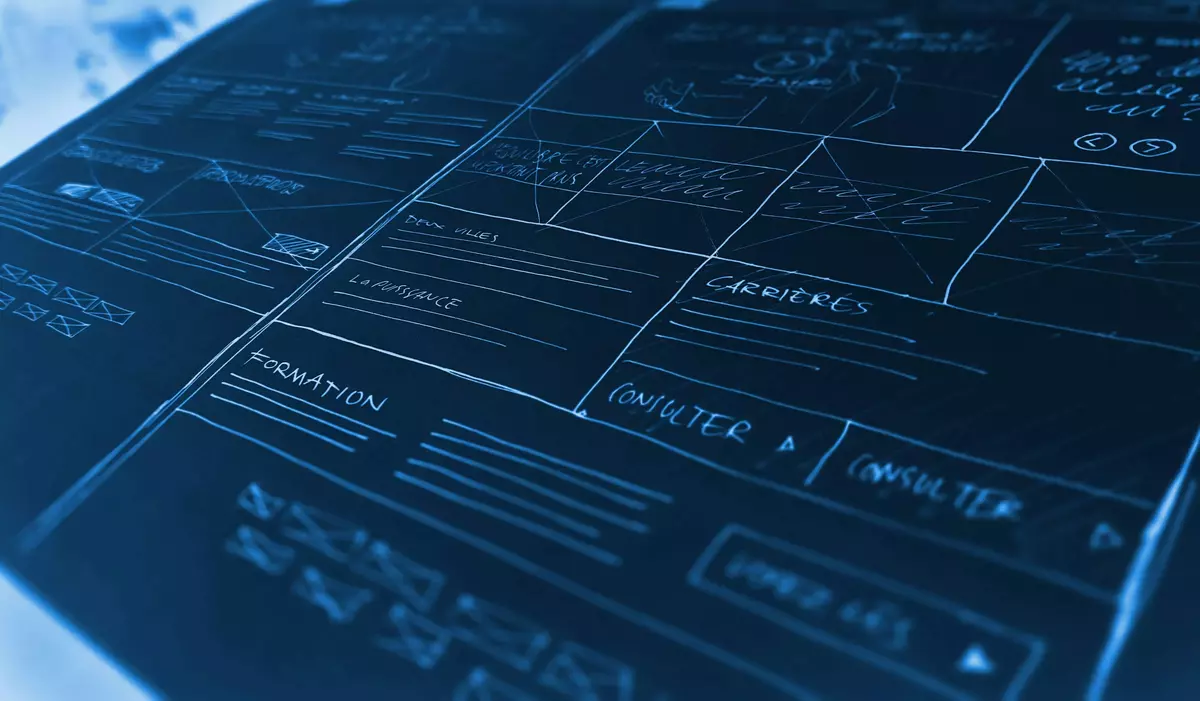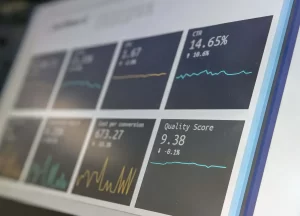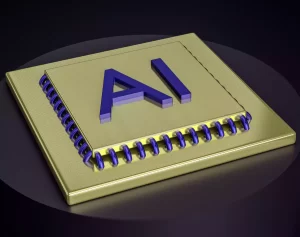Web design has become an essential component of the online user experience. With technological advancements, Artificial Intelligence (AI) has become a key tool in the web design industry, significantly influencing the evolution of design styles. This article explores the impact of AI on emerging design trends, with a focus on styles such as brutalism, neumorphism, and other contemporary approaches.
Brutalism and Artificial Intelligence
Brutalism is a web design style that emphasizes simplicity, often using geometric shapes, sans-serif fonts, and strong colors. AI brings a new dimension to brutalism through its ability to analyze user preference data and adapt the design to suit the target audience. For example, AI can personalize the raw interface to match visitors’ preferences, making their website experience more enjoyable and relevant.
Neumorphism and Artificial Intelligence
Neumorphism is a design style that uses shading effects and textures to create the appearance of three-dimensional surfaces. AI can be used to optimize this style by helping to create more realistic neumorphism effects. By analyzing user behavior and preferences, AI can adjust shadows and textures in real-time to match visitors’ preferences.
Minimalism and Artificial Intelligence
Minimalism is another design style that has been influenced by AI. This style is characterized by the use of negative space, neutral colors, and simple design. AI can help identify and remove unnecessary elements from a website, thus optimizing the user experience. Additionally, AI can suggest design improvements, such as color palettes or element arrangements, to achieve a more minimalist and appealing look.
Artificial Intelligence and Responsive Technology
Another significant area of web design influenced by Artificial Intelligence is responsive technology. AI can analyze the device used by a visitor and automatically adjust the website’s design to fit that screen. This approach ensures a consistent and satisfactory experience for users, regardless of the device they are using.
AI and Content Generation
In addition to its impact on the look and functionality of websites, Artificial Intelligence also plays a significant role in content generation. For example, AI algorithms have the ability to automatically generate text, images, or even personalized videos, adjusting them based on the specific interests and preferences of visitors. This approach adds an extra layer of personalization and engagement to users’ online experiences.
Artificial Intelligence has become an essential partner in the web design industry, contributing to the evolution and diversification of design styles. From brutalism to neumorphism and minimalism, AI has brought a variety of enhancements and innovations to web design. Moreover, AI contributes to the increased efficiency and personalization of websites, making the user experience more attractive and tailored to their needs. With the continuous evolution of technology, we will continue to see how AI further influences web design, opening up new opportunities and challenges for design professionals.
Discover more about Enhancing User Experience through AI-Powered Adaptive Web Design
Follow us on social media:
Instagram: https://www.instagram.com/securemenow/
Facebook: https://www.facebook.com/securmenow
We offer WEB AI and Web Design services. Contact us







